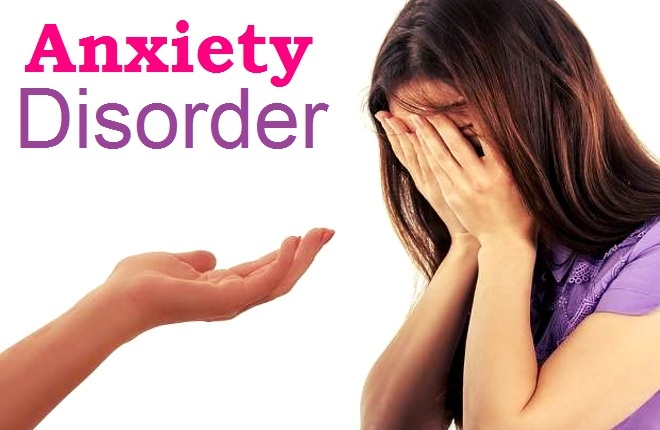Aerobic Exercise: Types, List, and Benefits
Author: Giselle Robel
Giselle Robel
Category: Health
Aerobic actually means “with oxygen”, which means that breathing controls the amount of oxygen that can make it to the muscles to help them burn fuel and move, exercises provide cardiovascular conditioning.
Aerobic exercise is sometimes known as “cardio” exercise that requires the pumping of oxygenated blood from the heart to deliver oxygen to working muscles.
It stimulates the heart rate and breathing rate to increase in a way that can be sustained for the exercise session.
However, in contrast, anaerobic (“without oxygen”) exercise is an activity that causes you to be quickly out of breath, like sprinting or lifting heavy weights.
It can also become anaerobic exercises, if performed at a level of intensity that is too high.
Aerobic exercise not only improves fitness it also has known benefits for both physical and emotional health.
Aerobic exercise can help prevent or reduce the chance of developing some cancers, diabetes, depression, cardiovascular disease, and osteoporosis.
Types of aerobic exercise
Lower impact aerobic exercise includes:
- Swimming.
- Cycling.
- Using an elliptical trainer.
- Walking.
- Rowing.
- Using an upper body ergometer (a piece of equipment that provides a cardiovascular workout that targets the upper body only).
Higher impact aerobic exercise includes:
- Running.
- Jumping rope.
- Performing high impact routines or step aerobics.
Benefits of aerobic exercise
- Improves cardiovascular conditioning.
- Decreases risk of heart disease.
- Lowers blood pressure.
- Increases HDL or “good” cholesterol.
- Helps to better control blood sugar.
- Assists in weight management and/or weight loss.
- Improves lung function.
- Decreases resting heart rate.
Exercise safety
It is recommended that you talk with your physician before you start an exercise program.
Ask what, if there are any, limitations you may have.
People who suffer from diabetes, hypertension, heart disease, arthritis, pulmonary conditions, or other health conditions may need additional safety guidelines for exercise.
However, if you develop symptoms during exercise such as, but not limited to, unusual shortness of breath.
And or tightness in the chest; chest, shoulder, or jaw pain.
Lightheadedness; dizziness; confusion; or joint pain, you should stop exercising immediately and contact your physician.













